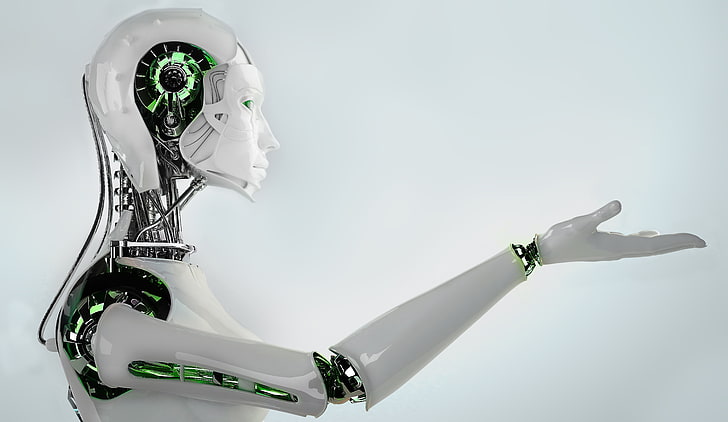Artificial Intelligence (AI) is revolutionizing healthcare across various specialties, and orthopedics is no exception. With its potential to enhance diagnosis, treatment planning, and patient care, AI is reshaping the landscape of orthopedic medicine.

One of the significant applications of AI in orthopedics is in medical imaging interpretation. AI algorithms can analyze radiographs, MRIs, and CT scans with remarkable accuracy, aiding orthopedic surgeons in detecting fractures, abnormalities, and degenerative conditions. These algorithms can rapidly analyze vast amounts of imaging data, helping clinicians make more informed decisions and improving diagnostic efficiency.
Furthermore, AI-powered predictive analytics are being employed to forecast patient outcomes following orthopedic surgeries. By analyzing preoperative data such as patient demographics, medical history, and imaging results, AI algorithms can provide insights into potential complications, length of hospital stay, and postoperative recovery trajectories. This enables healthcare providers to personalize treatment plans and optimize patient outcomes.
In surgical settings, AI-assisted technologies are enhancing precision and efficiency. Robotic-assisted surgery systems equipped with AI algorithms can assist surgeons in performing complex procedures with greater accuracy and control. These systems provide real-time feedback, enabling surgeons to navigate delicate anatomical structures more effectively and minimize surgical errors.

Beyond diagnostics and treatment, AI is also facilitating advancements in orthopedic rehabilitation and patient monitoring. Wearable devices equipped with AI algorithms can track patient movements, monitor rehabilitation progress, and provide personalized feedback and exercise programs. These technologies empower patients to actively participate in their recovery process while enabling healthcare providers to remotely monitor patient progress and intervene when necessary.
Despite these promising advancements, challenges remain in the widespread adoption of AI in orthopedics. Data privacy concerns, regulatory considerations, and the need for interdisciplinary collaboration are among the hurdles that must be addressed to maximize the potential of AI in orthopedic practice.
In conclusion
AI holds immense promise in transforming orthopedic medicine by enhancing diagnostic accuracy, optimizing treatment planning, and improving patient outcomes. As AI technologies continue to evolve and overcome challenges, they are poised to revolutionize the field of orthopedics, ushering in a new era of precision medicine and personalized patient care.
